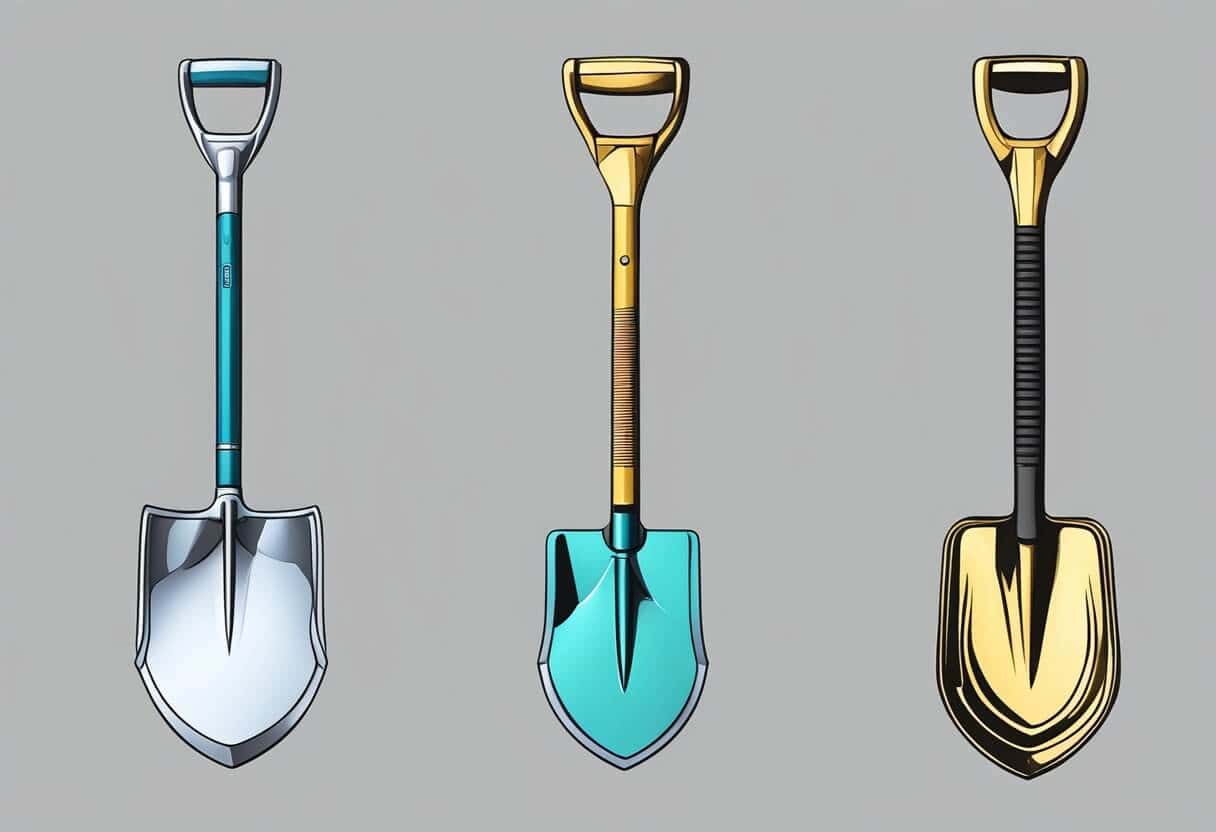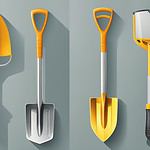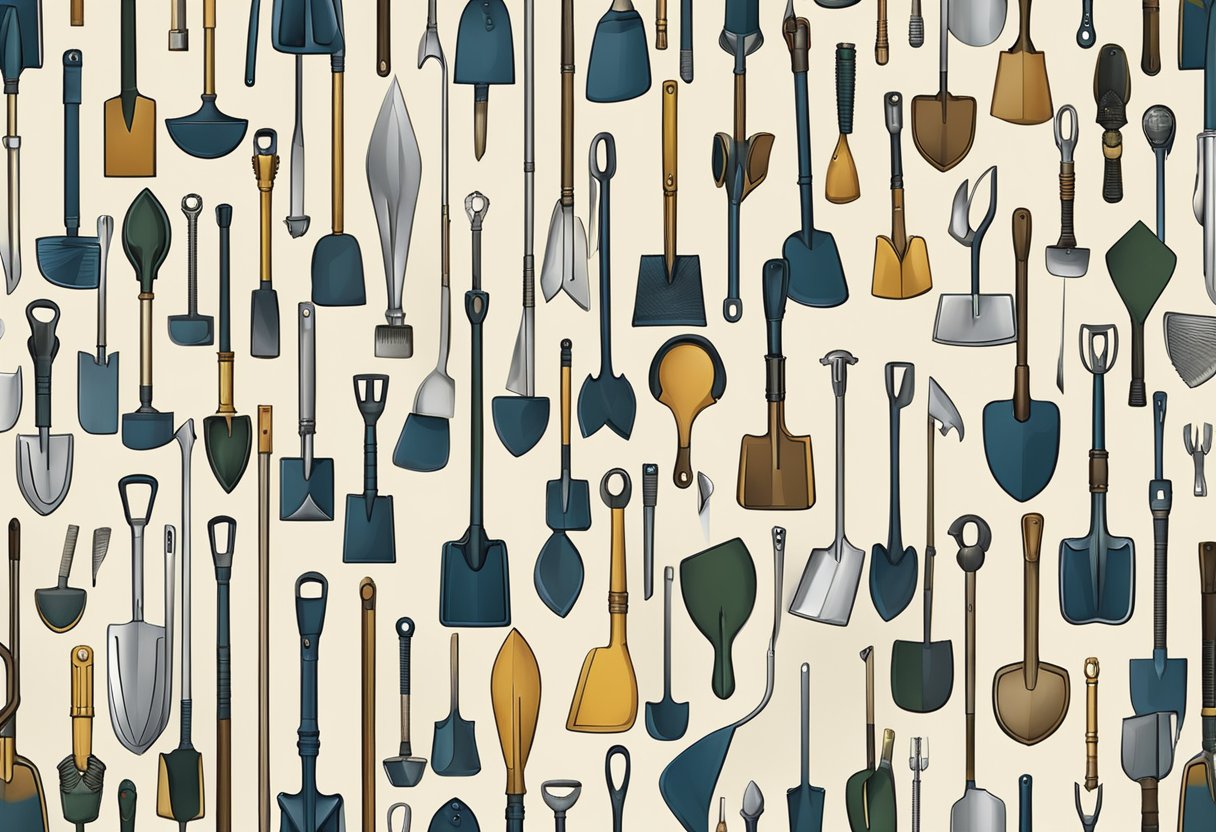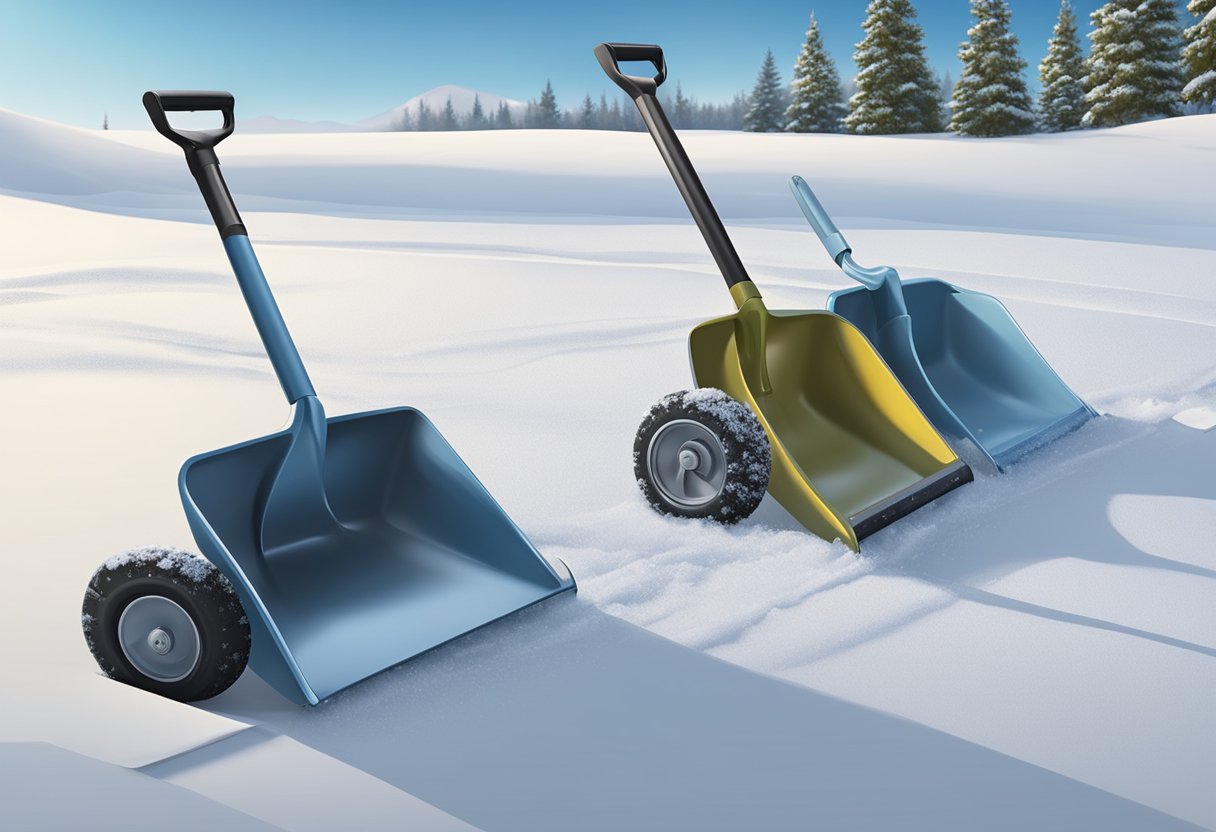Shovelling is a standard manual labour task that involves digging holes, clearing snow, or moving dirt, and the right shovel can make a big difference in your experience. Have you ever considered the science behind shovel design and how it can affect your digging experience?
This article will delve into the science behind shovel design and the principles of designing a shovel that ensures maximum efficiency, comfort, and safety. We will look at various factors that impact shovel design, such as the blade angle, handle shape, and shovel weight. Understanding the science behind shovel design allows you to select the perfect shovel for your specific needs and use it more effectively.
Table of Contents
History And Evolution Of The Science Behind Shovel Design
When we think of shovels, we may picture a simple tool with a flat blade and a handle. However, the history of shovel design is much more complex than that. Shovels have been used for thousands of years, and their design has evolved to meet the needs of different cultures and industries.
The first shovels were probably crafted from natural materials such as animal bones. As humans settled down in one spot and cultivated crops, they required a tool to dig and transport soil. Gradually, shovels were constructed from more robust and longer lasting materials like metal, stone, and wood.
In the 19th century, engineers studied the ergonomics of shovelling and the physics of soil movement to design more efficient shovels during the Industrial Revolution. Traditional design methods were combined with engineering principles to develop stronger, lighter, and easier shovels.
Today, shovels are used in various industries, from construction and mining to gardening and landscaping. Engineers continue to innovate and improve shovel design, using new materials and technologies to create even more effective and efficient tools. At the same time, traditional design methods and the experiences of skilled workers are still important factors in creating shovels tailored to specific tasks and environments.
Mechanics and Materials Of The Science Behind Shovel Design
The mechanics and materials of shovel design are crucial to optimizing the digging experience. A well designed shovel with the proper materials and attachments can increase efficiency, reduce manual labour, and make the excavation process much more manageable.
When choosing a shovel, it’s crucial to consider its mechanical design. A well designed shovel should have an ergonomic handle, a comfortable grip, and a sturdy blade that can withstand heavy lifting and moving.
In addition to mechanical design, the materials used in shovel construction are also necessary. The type of material used will depend on the type of excavation being performed. For example, shovels used for digging through soil may be made from steel or aluminum, while coal or gravel shovels are made of titanium or carbon fibre.
The soil type being dug also influences the shovel’s design. Softer soils, such as sand, require a shovel with a wider blade to help lift and move larger quantities of material, while harder soils, such as clay, require a shovel with a more pointed blade to help break up the soil.
When designing a shovel, it’s important to consider shovel attachments. For instance, an attachment that allows for the loading and lifting of materials can increase efficiency and reduce manual labour.
When lifting and moving materials, the shovel’s design also varies. Shovels with longer handles and broader blades are better suited for lifting and moving larger quantities of material. In comparison, shovels with shorter handles and narrower blades are better suited for more precise movements.
Application And The Future Of The Science Behind Shovel Design
As we have seen, the science behind shovels goes beyond simply choosing the right blade size and weight. Many factors can influence the performance and efficiency of shovels in various applications.
Engineering optimization principles and objective functions are utilized in heavy-duty shovels and hydraulics used in mining. Still, they can also be applied to smaller scale shovels used in consumer and industrial settings. Using methods such as genetic algorithms and prototype testing, designers can create more efficient, convenient, safe, and ergonomic shovels for users.
For example, recent research has shown that the trirocker handle design can significantly reduce perceived exertion and improve shovelling performance compared to traditional straight handles.
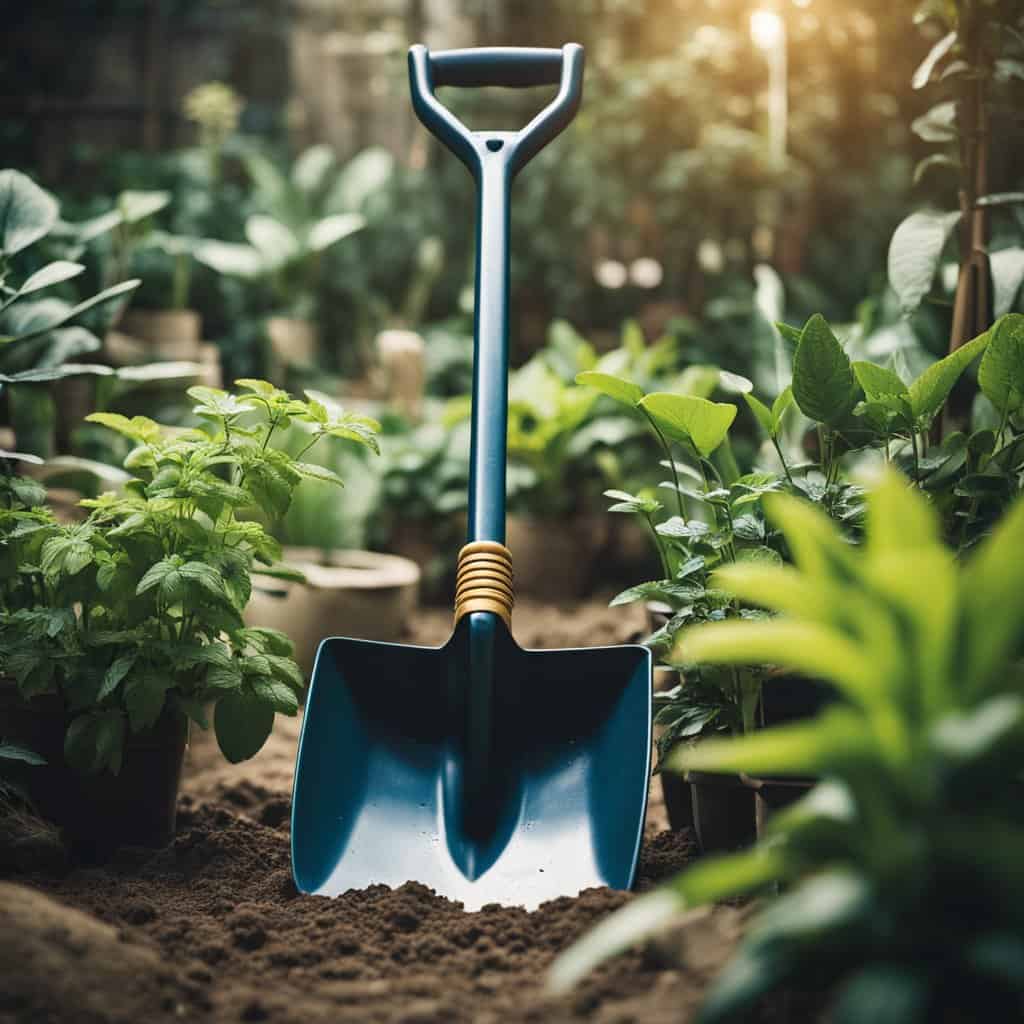
Looking to the future, we expect to see continued advancements in shovel design as new technologies and materials become available. The possibilities are endless. Perhaps the creation of an intelligent shovel that can provide real time feedback on digging performance is on the horizon.
Final Thoughts
The science behind shovel design is a complex and ever evolving field that requires a multidisciplinary approach. By incorporating engineering, ergonomics, and optimization knowledge, we can create more efficient, productive, safer, and more comfortable shovels for users.
Frequently Asked Questions
What are the key features of an ergonomic shovel design?
An ergonomic shovel design is precisely engineered to reduce the amount of strain and stress on the user’s body. Some key features of an ergonomic shovel include an s-curved handle that allows for a more natural grip, a lightweight design that reduces the weight of the shovel, and a blade that is angled to reduce the amount of bending required when digging.
What is the optimal angle for a shovel blade?
The optimal angle for a shovel blade is around 45 degrees. This angle allows for the most efficient force transfer from the user to the blade, making digging through hard soil or other materials more accessible.
What are the benefits of using a lightweight shovel?
Using a lightweight shovel helps reduce the amount of strain and stress on your body, making it easier to use for extended periods. Additionally, a lightweight shovel is more straightforward to maneuver, allowing for more precise digging and less effort to move material.

